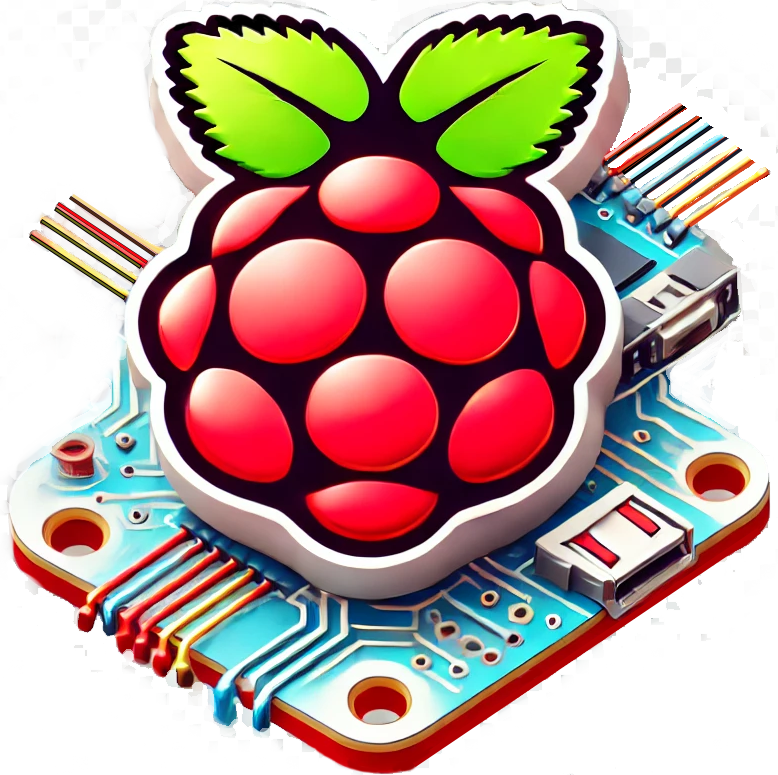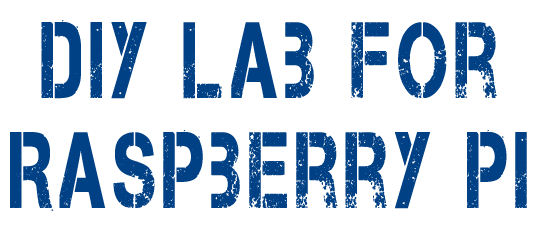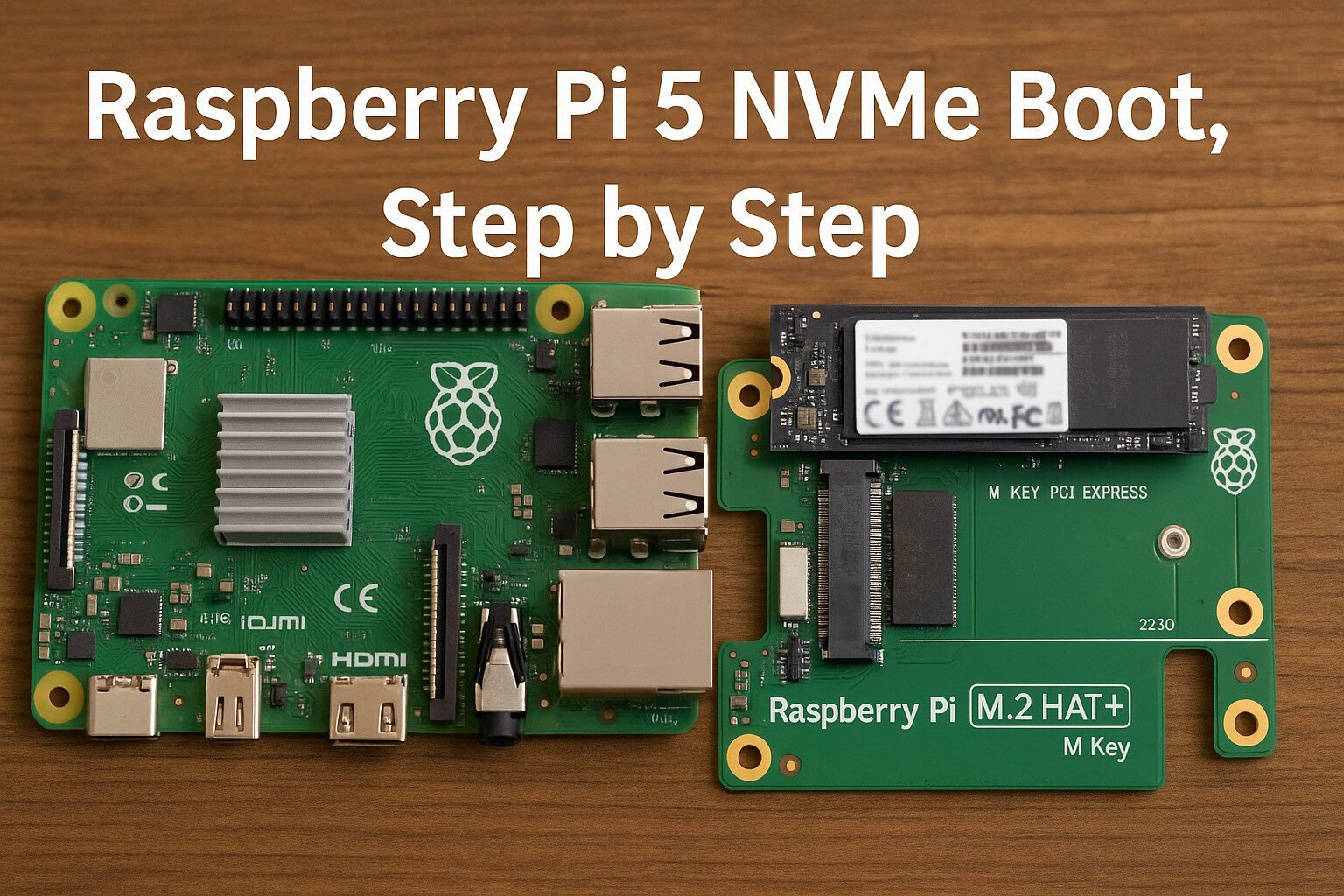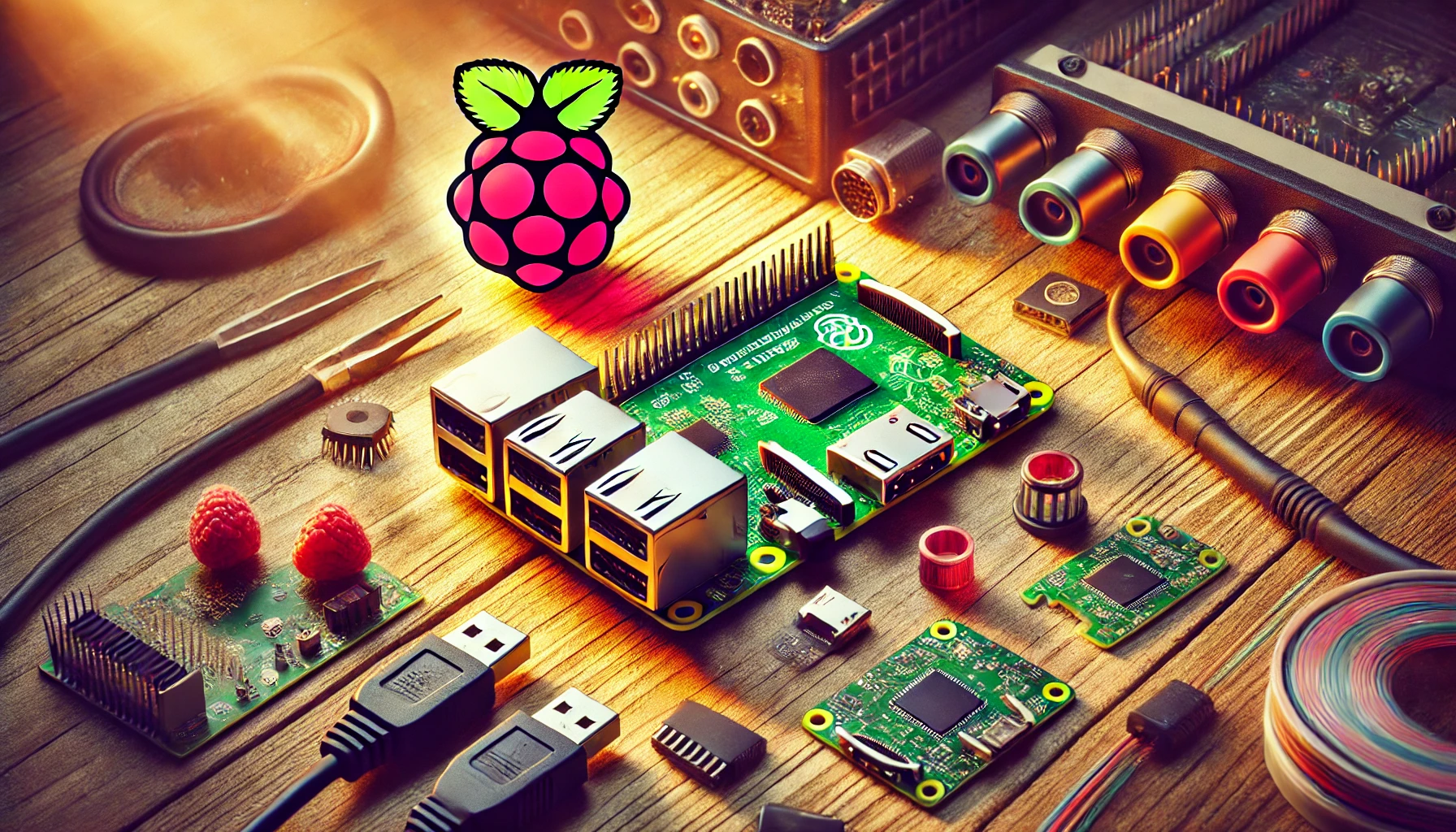Pygame offers an accessible platform for game development on Raspberry Pi, allowing creators to craft engaging 2D games using Python. The library provides powerful tools for graphics, audio, and event handling, making it ideal for beginners and experienced developers alike. With Raspberry Pi’s GPIO capabilities, developers can create unique input methods for tactile gaming experiences. Pygame’s lightweight nature ensures efficient performance on the Pi, while its cross-platform compatibility allows for easy migration to other systems. From simple “Hello World” scripts to complex physics-based puzzles, Pygame enables rapid prototyping and iteration. Exploring advanced techniques can unleash the full potential of this versatile game development environment.
Key Takeaways
Setting Up Raspberry Pi
Setting up a Raspberry Pi for game development is a beginner-friendly process that unlocks a world of creative possibilities. Raspberry Pi OS, the recommended operating system, comes pre-loaded with Python and Pygame, creating an ideal environment for aspiring game developers. This Linux-based OS boasts a user-friendly desktop interface and seamless internet connectivity, essential for a smooth development workflow.
For optimal performance, the Raspberry Pi 4 Model B Rev 1.4 stands out with its enhanced processing capabilities, perfect for handling resource-intensive game development tasks.
- Broadcom BCM2711, quad-core Cortex-A72 (ARM v8) 64-bit SoC @ 1. 5GHz—4GB LPDDR4-2400 SDRAM
- 2. 4 GHz and 5. 0 GHz IEEE 802. 11B/g/n/ac Wireless LAN, Bluetooth 5. 0, double-true Gigabit Ethernet
- 2 × USB 3. 0 ports, 2 x USB 2. 0 Ports—2 × micro HDMI ports supporting up to 4Kp60 video resolution
Remote access tools like SSH (Secure Shell) and VNC (Virtual Network Computing) significantly boost productivity. They’re easily enabled on the Raspberry Pi, allowing developers to transfer code and manage projects effortlessly from other devices. Raspberry Pi OS includes robust text editors such as Thonny and Geany, tailored for Python programming and Pygame integration.
Should Pygame be absent from your system, it’s swiftly installed using the terminal command
sudo apt install python3-pygame
This simple step ensures you’re equipped with the necessary tools to embark on your game development journey. With these elements in place, you’ll be crafting interactive experiences and bringing your game ideas to life on this versatile single-board computer in no time.
Pygame Basics and Installation
Pygame is a powerful Python library pre-installed on Raspberry Pi OS, enabling developers to craft 2D games with advanced graphics, audio, and event handling. It’s the go-to choice for creating interactive entertainment on the Raspberry Pi platform. For users of other operating systems, Pygame’s installation is straightforward: simply run ‘sudo apt install python3-pygame’ in the terminal. This accessibility makes Pygame ideal for hobbyists aiming to build emulators or classic-style games on their single-board computers.
Developers can kickstart their Pygame journey with a basic “Hello World” script. This initial program involves crucial steps: initializing the library, configuring a display window, and implementing an event loop. Key functions include ‘pygame.init()’, ‘pygame.display.set_mode()’, and ‘pygame.display.set_caption()’. These foundational elements form the backbone of any Pygame project.
As developers progress, they’ll incorporate more complex features like image rendering and object movement. This evolution requires mastering techniques such as loading sprites, blitting images onto the screen, and updating the display within the game loop. By honing these skills, programmers can unlock Pygame’s full potential on the Raspberry Pi.
Pygame’s versatility shines in its ability to handle various game elements. It supports sprite manipulation, collision detection, and sound integration. For instance, a developer could create a simple platformer by defining character sprites, implementing gravity physics, and adding background music – all within the Pygame framework.
The library’s robust documentation and active community further enhance its appeal. Developers can find numerous tutorials, code examples, and forums dedicated to Pygame development on Raspberry Pi. This wealth of resources facilitates rapid learning and problem-solving.
Pygame’s efficiency on low-power hardware like the Raspberry Pi is noteworthy. It leverages hardware acceleration when available, ensuring smooth performance even on resource-constrained devices. This optimization makes it possible to create visually appealing games without sacrificing framerate or responsiveness.
Creating Your First Game

Creating your first game on the Raspberry Pi is an exciting step after mastering Pygame basics. Raspberry Pi game development with Python and PyGame unleashes the platform’s potential for interactive 2D experiences. Developers start with a simple “Hello World” script, initializing PyGame, setting up a window, and displaying a custom title. This foundational code launches more complex game creation. Retro gaming enthusiasts can use the Pi to build emulation systems for classic games from various consoles.
Raspberry Pi game creation with moving elements requires loading images, blitting them to the screen, and updating the display within an event loop. Basic animation emerges by obtaining image rectangles and using the ‘move()’ function. Boundary checks keep objects within the window. Keyboard and mouse event capture enables user control of on-screen elements.
Advanced Raspberry Pi game development incorporates object-oriented programming (OOP) for efficient code structuring. Complex games might tap into the Pi’s GPIO pins for custom input devices. Developers build sophisticated games step-by-step, from simple animations to intricate, interactive worlds. They’ll run the script at each stage, iteratively testing and refining functionality.
For example, a simple Pong-style game on the Pi might start with two paddles and a ball. Developers would create classes for these objects, implement collision detection, and add scoring. They’d use PyGame’s draw functions to render graphics and its event system to handle input. As the game evolves, they might add sound effects, power-ups, or even multiplayer capabilities using the Pi’s networking features.
Handling User Input
Retro gaming consoles on Raspberry Pi rely heavily on user input for an authentic gaming experience. Pygame, a versatile game development library, provides robust mechanisms for handling various input events. The pygame.event.get() function captures and processes user interactions efficiently, allowing developers to create immersive gaming experiences that mimic classic systems.
Retro gaming consoles benefit from Pygame’s keyboard input management through pygame.KEYDOWN events. Developers implement conditional statements like “if event.type == pygame.KEYDOWN” and “if event.key == pygame.K_SPACE” to control sprite movement or trigger specific actions. This approach transforms automatic movement into user-controlled gameplay, enhancing the retro feel.
Mouse input adds another dimension to retro gaming consoles. The pygame.MOUSEBUTTONDOWN event distinguishes between left and right clicks, enabling diverse in-game actions. Tracking mouse coordinates allows developers to create cursor-following mechanics, boosting user engagement in point-and-click adventure games or strategy titles.
Retro gaming consoles can benefit from incorporating these input handling techniques into an object-oriented programming structure or Model View Controller architecture. This approach leads to more organized and maintainable code. Finite State machines manage different game states based on user input, creating a dynamic gaming experience reminiscent of classic consoles.
To further enhance the authenticity of retro gaming consoles, developers can implement custom input methods. For example, using GPIO pins on the Raspberry Pi to connect physical buttons or joysticks, mimicking the feel of original hardware. This tactile experience adds depth to the retro gaming console emulation, transporting players back to the golden age of gaming.
Advanced Pygame Techniques

Advanced Pygame techniques are essential tools for creating sophisticated games on Raspberry Pi. These methods transcend basic implementations, enabling developers to craft high-performance video games with stunning visuals and immersive audio. Object-Oriented Programming and design patterns bolster code organization and reusability, while Pygame’s integration with NumPy and SciPy expands the scope for intricate game mechanics and physics simulations.
Advanced Pygame techniques include:
- 3D Rendering: Implements simple 3D games, adding visual depth to projects.
- External Libraries: Incorporates advanced features, broadening functionality.
- Community Resources: Utilizes tutorials and examples, accelerating the learning curve.
Pygame and Raspberry Pi offer a robust foundation for 2D game development. Mastering advanced techniques unlocks the potential to create complex genres like platformers, top-down shooters, and puzzle games. Developers can harness these skills to push the boundaries of Raspberry Pi gaming, crafting titles that rival commercial offerings.
For aspiring game creators, Pygame serves as a stepping stone. The knowledge acquired from developing Raspberry Pi games using Pygame translates well to professional-grade engines like Unity or Unreal. This seamless transition paves the way for a career in game development.
To illustrate, consider a platformer game created with advanced Pygame techniques:
- Implement smooth character animations using sprite sheets.
- Create dynamic lighting effects for mood and atmosphere.
- Utilize particle systems for environmental details like dust or water.
- Incorporate physics-based puzzles using NumPy for calculations.
These advanced Pygame techniques transform a simple 2D platformer into an engaging, visually appealing experience that rivals commercial titles. By leveraging Raspberry Pi’s capabilities and Pygame’s extensive feature set, developers can create games that stand out in the indie game market.
Example Projects and Resources
Example projects and resources are vital learning tools for Raspberry Pi and Pygame game developers. These projects showcase a range of 2D games, from basic Snake and Pong implementations to complex GPIO-integrated applications. They demonstrate key concepts in Python and Pygame game development, including coordinate-based movement, collision detection, and game state management.
Snake game projects illustrate fundamental mechanics, while Pong introduces player input, ball physics, and scoring systems. GPIO-controlled games highlight the Raspberry Pi’s unique hardware capabilities, enabling developers to create interactive experiences using physical buttons connected to GPIO pins.
Online communities and tutorials provide extensive support for Raspberry Pi game development. These resources cover topics from basic Pygame setup to advanced graphics techniques and game optimization. Developers can leverage these materials to progress rapidly from simple projects to sophisticated games, enhancing their skills in Python, Pygame, and Raspberry Pi programming.
To expand on these concepts, developers might explore:
- Platformer games using sprite animations and tilemap-based level design
- Puzzle games incorporating procedural generation algorithms
- Multiplayer games utilizing networking libraries
- Audio-driven games that react to music or sound input
- Text-based adventure games with natural language processing elements
By experimenting with these diverse project types, developers can gain a comprehensive understanding of game development principles on the Raspberry Pi platform. They’ll learn to manipulate graphics, handle user input, manage game states, and optimize performance for the hardware’s constraints.
Additionally, exploring retro gaming emulation can provide insights into classic game mechanics and design principles. Developers can analyze and recreate iconic games, adapting their mechanics to modern contexts or reimagining them with new twists.
As developers progress, they might delve into more advanced topics such as:
- Shader programming for custom visual effects
- Implementing artificial intelligence for non-player characters
- Integrating external sensors or displays through the Raspberry Pi’s GPIO
- Optimizing game performance through profiling and code optimization techniques
- Creating custom game engines tailored to specific game genres or styles
These example projects and resources form a comprehensive ecosystem for learning and innovation in Raspberry Pi game development. They provide a solid foundation for aspiring developers to build upon, fostering creativity and technical skill growth in the field of game creation.
Frequently Asked Questions
Can Tkinter be used in conjunction with Pygame for game development on Raspberry Pi?
Yes, Tkinter can be used in conjunction with Pygame for game development on Raspberry Pi. Pygame can handle the game loop, input handling, and drawing, while building a tkinter gui can provide additional functionality and interactivity for the game.
Does Pygame Work on Raspberry Pi?
Pygame works efficiently on Raspberry Pi, offering seamless installation and compatibility. The library features robust 2D graphics, user input handling, and community resources. While 3D capabilities are limited, Pygame’s performance and development workflow are well-suited for the platform.
Is Pygame Good for Game Development?
Pygame is suitable for game development, offering solid graphics capabilities, user input handling, and audio support. It handles moderate game complexity and game performance well. Advanced features like game physics, multiplayer functionality, and networking integration are possible but may require additional libraries.
Can You Develop Games on Raspberry Pi?
Raspberry Pi is indeed capable of game development, offering portable and efficient resource usage. Developers can target specific hardware, integrating Pygame with other libraries. While limitations exist, optimizing for low power and implementing workarounds can overcome Pygame integration challenges.
Is Raspberry Pi Good for Python Programming?
Raspberry Pi excels for Python programming, offering strong performance, GPIO pin control, and integration with OpenCV. It supports audio processing, networking, real-time applications, web development, and machine learning tasks, making it a versatile platform for Python enthusiasts and professionals alike.






